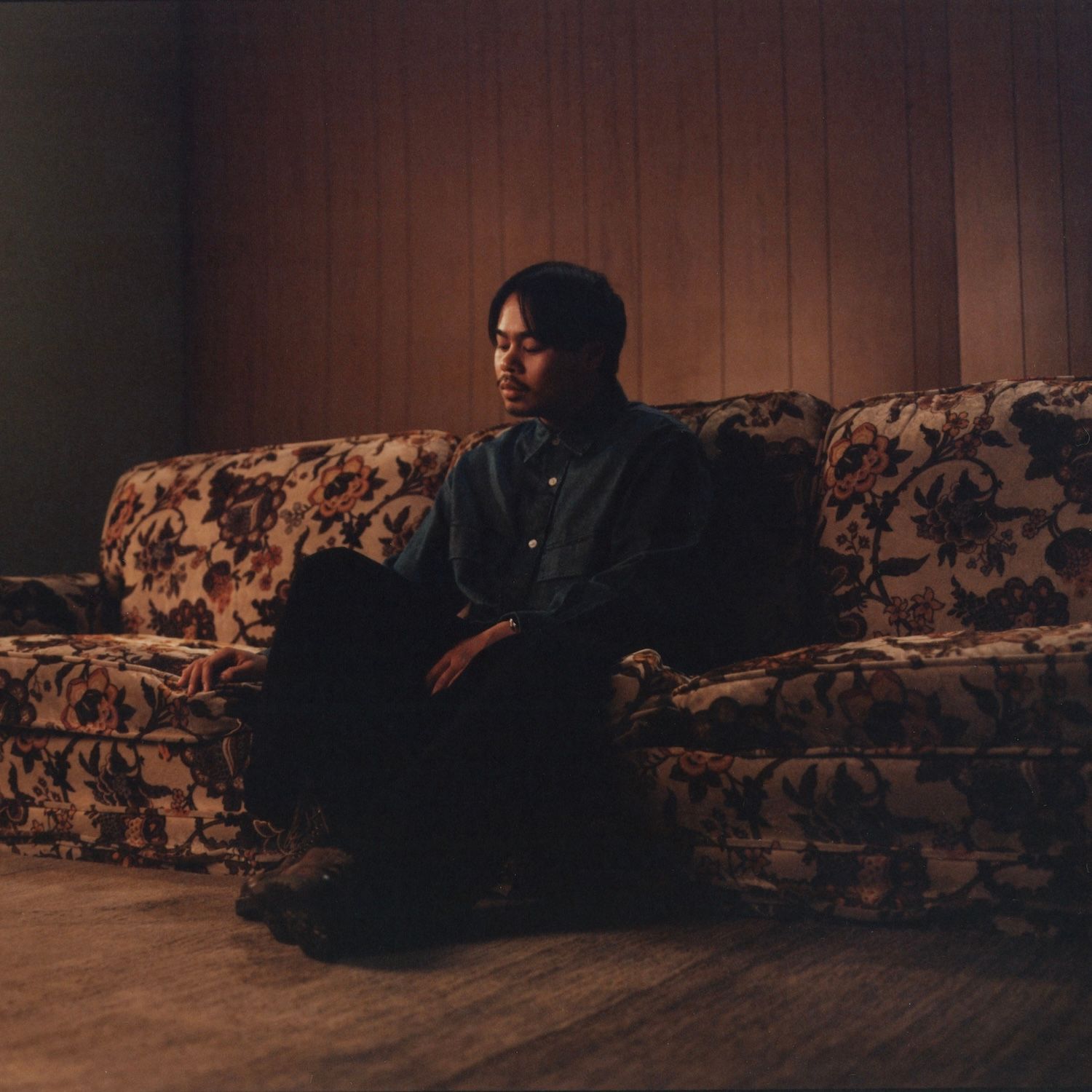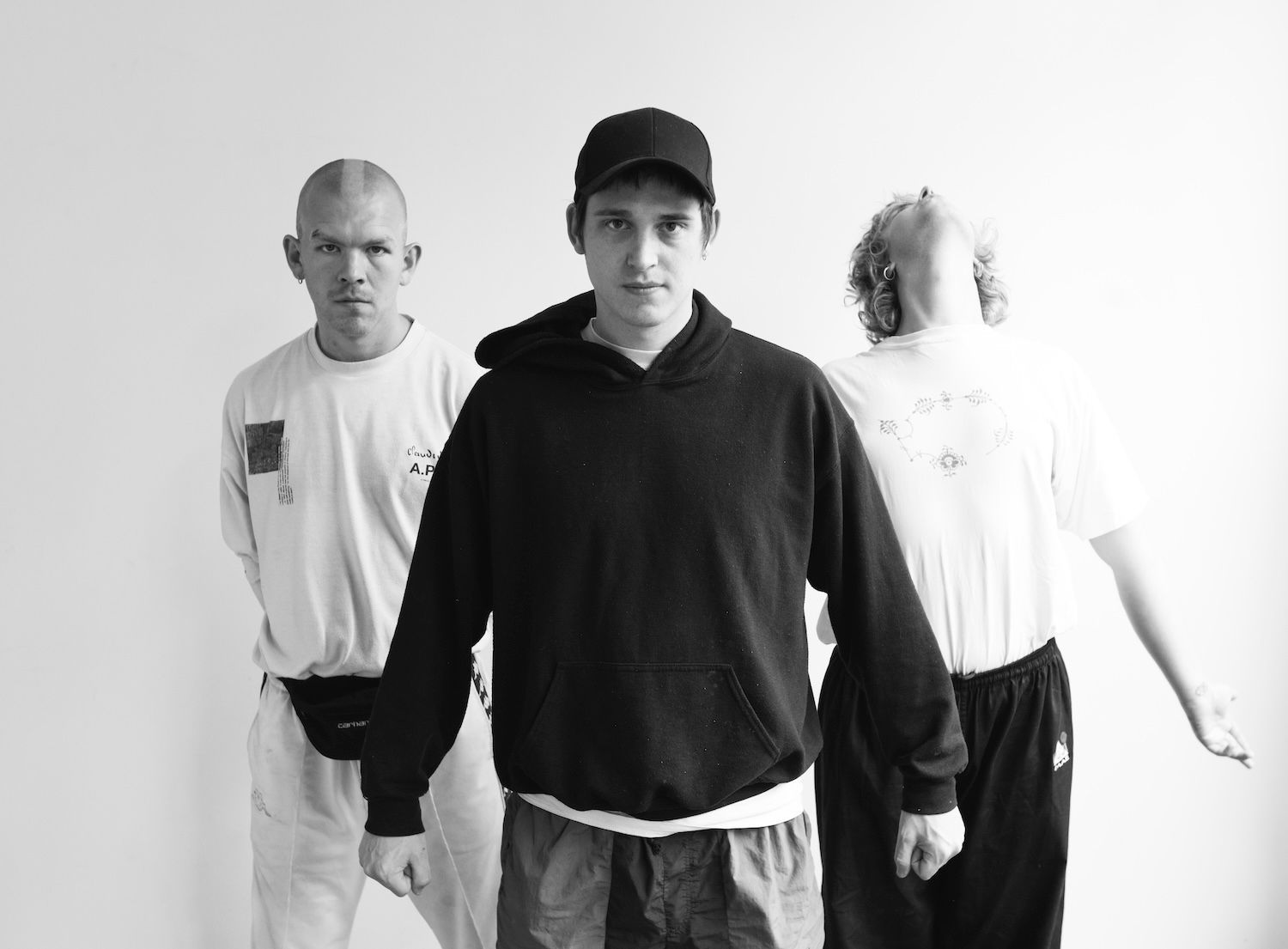
Dota 2, Valve’s popular MOBA, features a sophisticated ranking system that measures player skill and controls the game’s matchmaking system.
This system, centered around Matchmaking Rating, or MMR, categorizes players into ranks and tiers, providing a straightforward path for progression.
In this post, we’ll run through how the Dota 2 ranking system works, all while detailing each rank with its MMR ranges and highlighting the mechanics that influence a player’s standing.
How the Dota 2 Ranking System Works

At the core of Dota 2’s ranking system is MMR. This is a numerical score reflecting a player’s skill level. MMR increases with wins and decreases with losses, typically by 30 points per solo match and 20 points per party match. The MMR score determines a player’s rank, which is visually represented by medals divided into tiers.
The system also incorporates additional elements:
- Calibration Matches: New players or those recalibrating at the start of a ranked season undergo a series of matches to establish or adjust their initial MMR.
- Core and Support MMR: Dota 2 tracks separate MMRs for core roles (carry, mid-lane) and support roles (off-lane, hard/soft support), with the higher of the two determining a player’s displayed medal.
- Behavior Score: While not directly tied to rank, a player’s behavior score impacts matchmaking quality. A minimum score of 3000 is required for ranked access, and higher scores ensure matches with similarly well-mannered players.
- Rank Confidence: Also known as rank decay, this mechanic helps maintain a player’s position by adjusting MMR if they are inactive for too long.
Since November 2017, Dota 2 has employed a medal system alongside seasonal leaderboards, making ranks more visually distinct and tied to specific MMR ranges that can shift based on the performance of the player base.
All Dota 2 Ranks and MMR Ranges

Dota 2 features 8 distinct tiers of ranks, totaling 40 individual levels, with each tier (except the highest) divided into five sub-tiers or stars. Below is the complete list of ranks and their corresponding MMR ranges as of 2025 data:
| Rank Tier | Sub-Tier | MMR Range |
| Herald | Herald 1 | 0-153 MMR |
| Herald 2 | 154-307 MMR | |
| Herald 3 | 308-461 MMR | |
| Herald 4 | 462-615 MMR | |
| Herald 5 | 616-769 MMR | |
| Guardian | Guardian 1 | 770-923 MMR |
| Guardian 2 | 924-1077 MMR | |
| Guardian 3 | 1078-1231 MMR | |
| Guardian 4 | 1232-1385 MMR | |
| Guardian 5 | 1386-1539 MMR | |
| Crusader | Crusader 1 | 1540-1693 MMR |
| Crusader 2 | 1694-1847 MMR | |
| Crusader 3 | 1848-2001 MMR | |
| Crusader 4 | 2002-2155 MMR | |
| Crusader 5 | 2156-2309 MMR | |
| Archon | Archon 1 | 2310-2463 MMR |
| Archon 2 | 2464-2617 MMR | |
| Archon 3 | 2618-2771 MMR | |
| Archon 4 | 2772-2925 MMR | |
| Archon 5 | 2926-3079 MMR | |
| Legend | Legend 1 | 3080-3233 MMR |
| Legend 2 | 3234-3387 MMR | |
| Legend 3 | 3388-3541 MMR | |
| Legend 4 | 3542-3695 MMR | |
| Legend 5 | 3696-3849 MMR | |
| Ancient | Ancient 1 | 3850-4003 MMR |
| Ancient 2 | 4004-4157 MMR | |
| Ancient 3 | 4158-4311 MMR | |
| Ancient 4 | 4312-4465 MMR | |
| Ancient 5 | 4466-4619 MMR | |
| Divine | Divine 1 | 4620-4819 MMR |
| Divine 2 | 4820-5019 MMR | |
| Divine 3 | 5020-5219 MMR | |
| Divine 4 | 5220-5419 MMR | |
| Divine 5 | 5420+ MMR | |
| Immortal | N/A | 5620+ MMR |
Note: Immortal rank does not have sub-tiers; instead, the top 5,000 players in each region display their leaderboard position on their badge.
The lowest rank is Herald 1 (0-153 MMR), where new players begin, focusing on basic gameplay mechanics. The highest rank, Immortal (5620+ MMR), represents the elite, often including professional players, and is held by less than 2% of the player base.
Rank Distribution in Dota 2

The distribution of players across ranks forms a pyramid, with most players in the middle tiers and fewer at the extremes. According to recent data, the breakdown is as follows:
- Herald: 7.34%
- Guardian: 15.68%
- Crusader: 22.49%
- Archon: 22.75% (the most populated tier)
- Legend: 16.31%
- Ancient: 8.94%
- Divine: 4.58%
- Immortal: 1.91%
This shows that Archon holds the largest share of competitive players, while Herald 1 is the rarest individual rank at just 0.06%, as most players quickly progress beyond it during initial calibration.
Additional Mechanics and Tips

Dota 2 offers two ranked modes: Role Queue, where players select specific roles (core or support) before matchmaking, and Classic, where roles are decided in-game after team communication. Choosing support roles or playing in full parties can earn role queue tokens, enhancing matchmaking flexibility.
For players aiming to climb, maintaining a high behavior score is crucial for better game quality, while consistent play prevents rank decay through the rank confidence system.
Beyond that, sharpening role-specific skills, whether you’re playing a core or support role, can make a significant difference. If you’re looking to accelerate that improvement, a Dota 2 coaching service can be a smart way to level up, gain insights, and climb the ranks more efficiently.




